Gambel or Scrub Oak
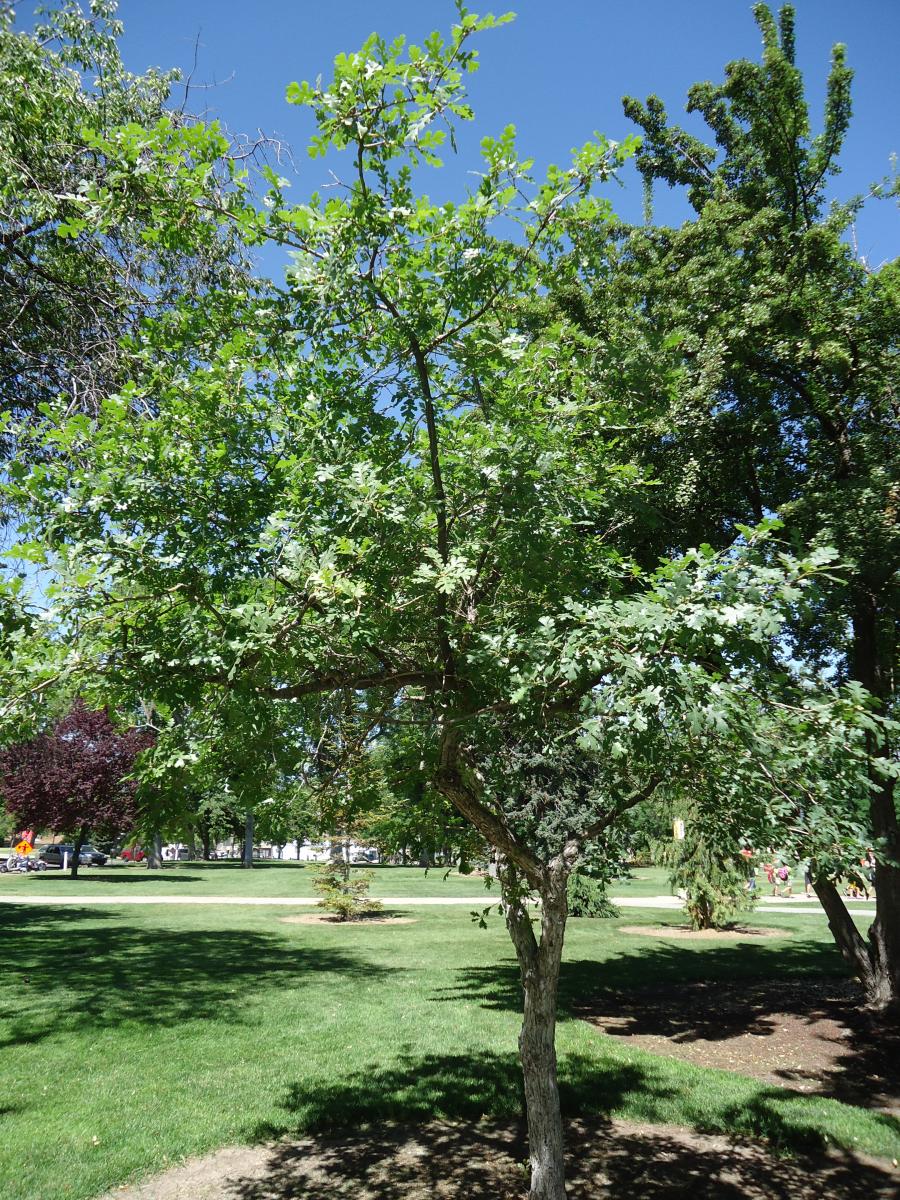
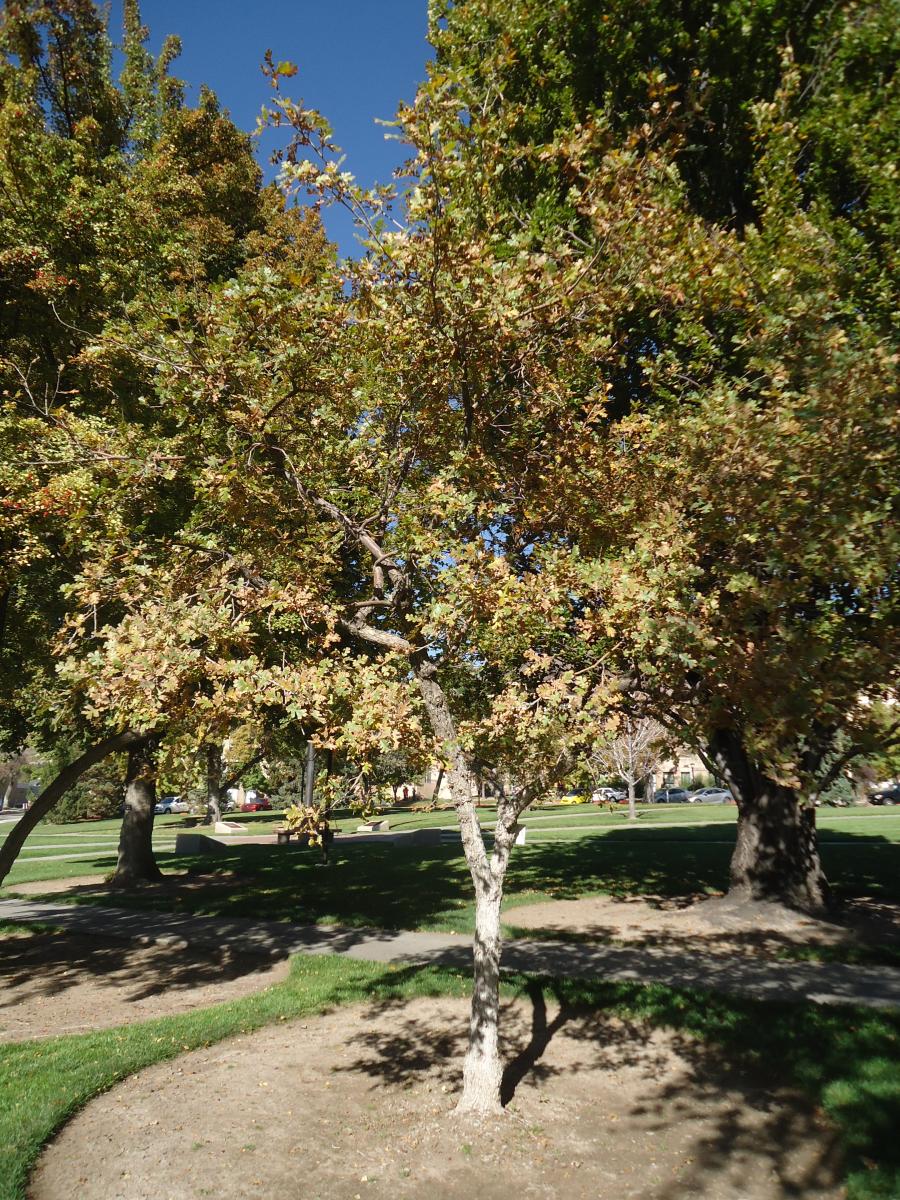

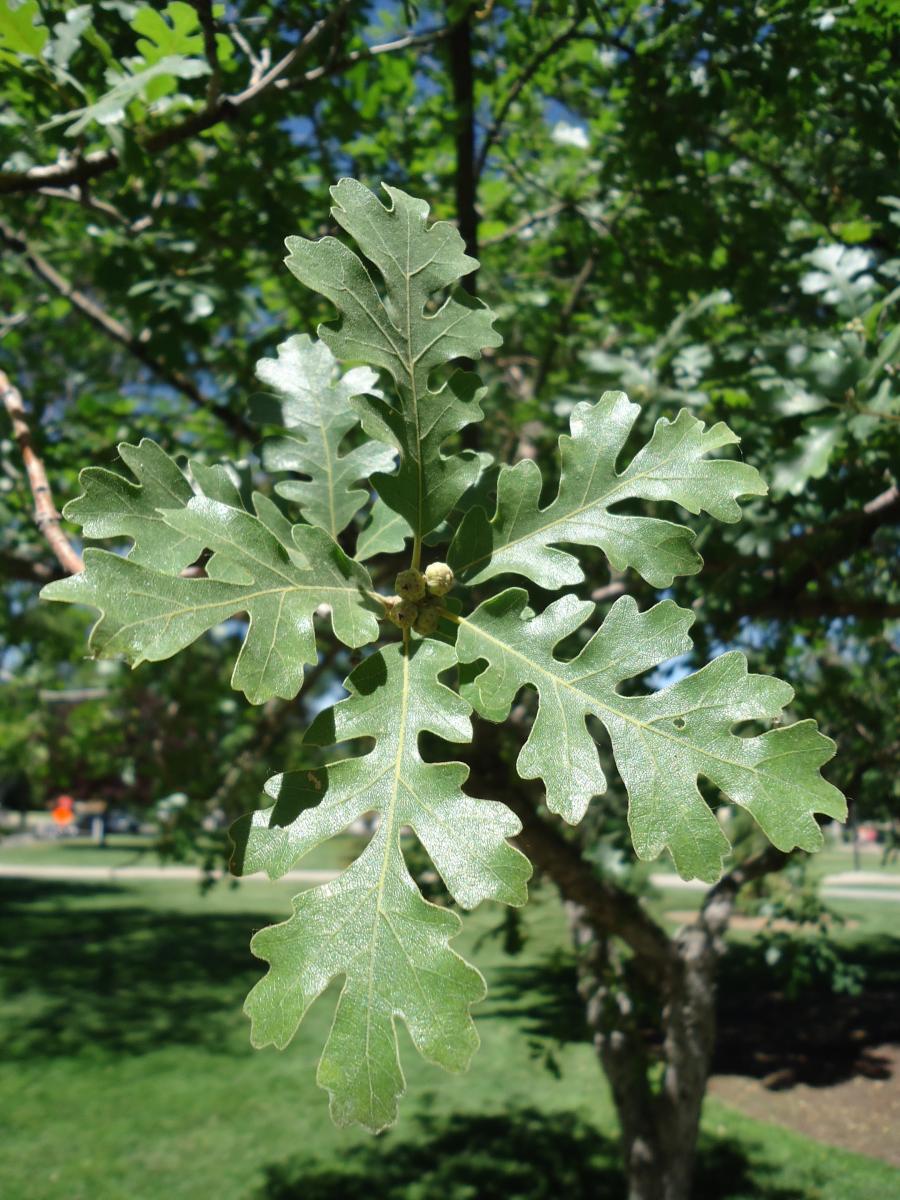


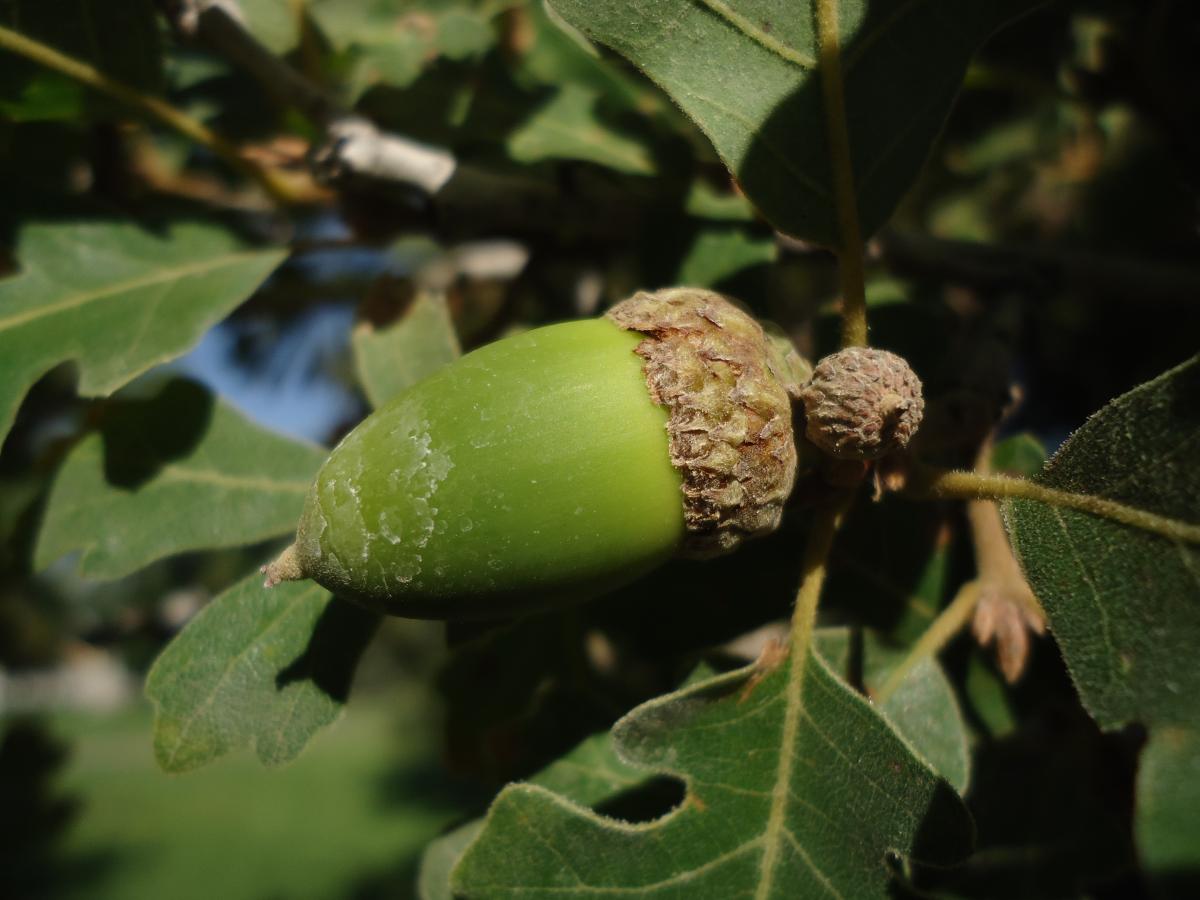


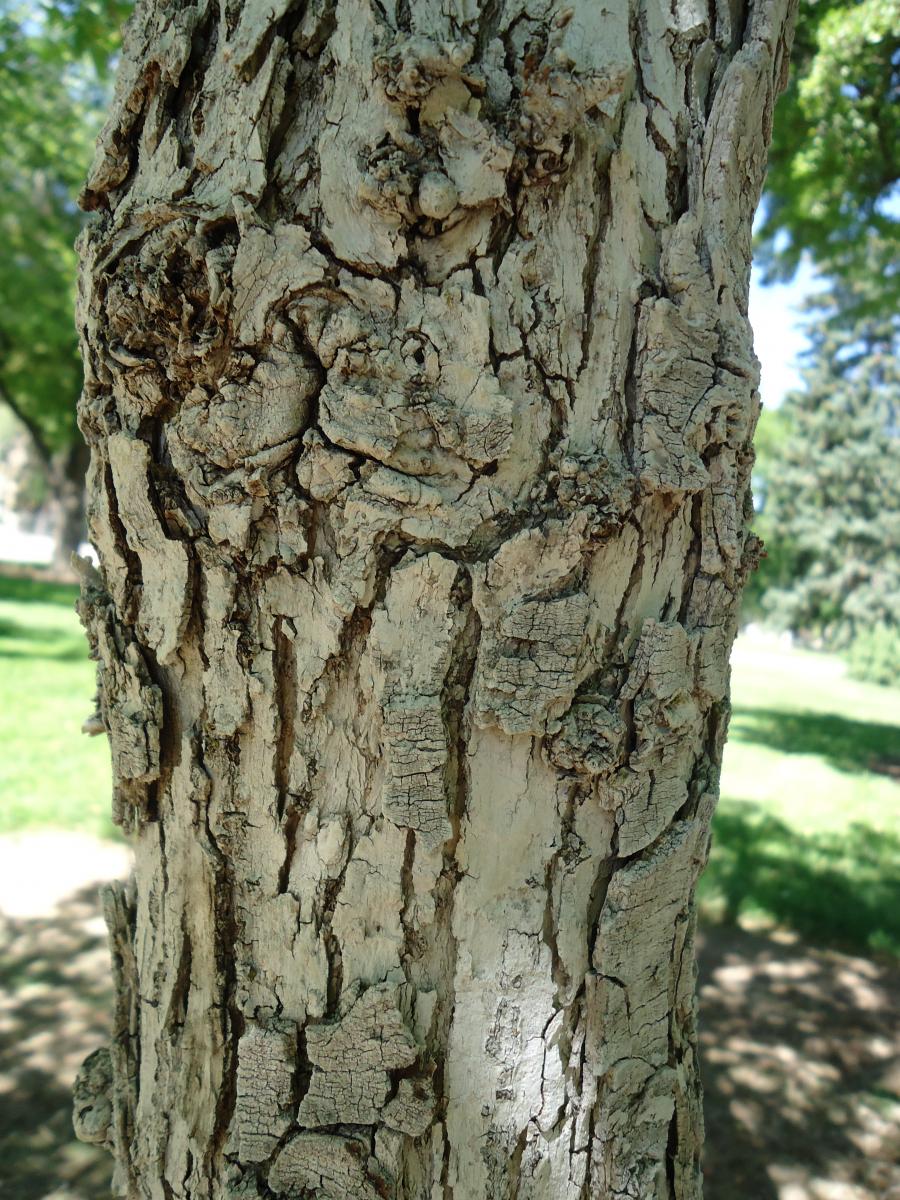
Quercus gambelii
Leaves: Deciduous. Oblong to elliptical shaped leaf, 2½ to 7 inches long with 7 to 9 pairs of rounded lobes. Dark green color. Fall color is brown, sometimes orange-yellow.
Bark/Twigs: Gray-brown bark. Somewhat scaly, but can be ridged. Trunk is often short and twisting.
Flowers/Fruit: Inconspicuous, greenish brown flowers in spring. Small ½ to ¾ inch long, brown acorns with a short or no stalk.
Mature size and shape: Small. 15 to 20 feet high x 12 to 15 feet wide. Rarely grows taller. Overall crown is rounded. Tree is often shrubby and grows in clumps.
General information/special features: Plant in full sun. Dislikes shade. Very drought tolerant. Does well in poor soils. Gambel oak was used extensively by Dr. Walter Cottam in famous oak hybridizing experiments conducted at the University of Utah.
Landscape use and maintenance: Native to Utah. Grows well in groups or thickets. Good for native or water-conserving landscapes. Can be planted near power lines. Slow growing rate. Average maintenance. Gambel oak is a tough, durable plant with few serious pest problems. Galls, or swollen areas on stems are quite common.
USDA Hardiness Zone: 3 to 9
Family/Origin: Fagaceae - Beech and Oak. Native to most of the foothills of Utah and throughout the Intermountain West and the southern and central Rockies. Grows on fairly dry lower mountain slopes and is the common "scrub" oak along the foothills of the Wasatch.
Campus Use: Somewhat uncommon. Can be found in the grass area south of Gateway Heights (Bld 807) and north of Sage Point Housing (Bld 811). Hybrid oaks planted by Dr Cottam can still be found east of Safety (Bld 301) and SW of Red Butte Gardens.
